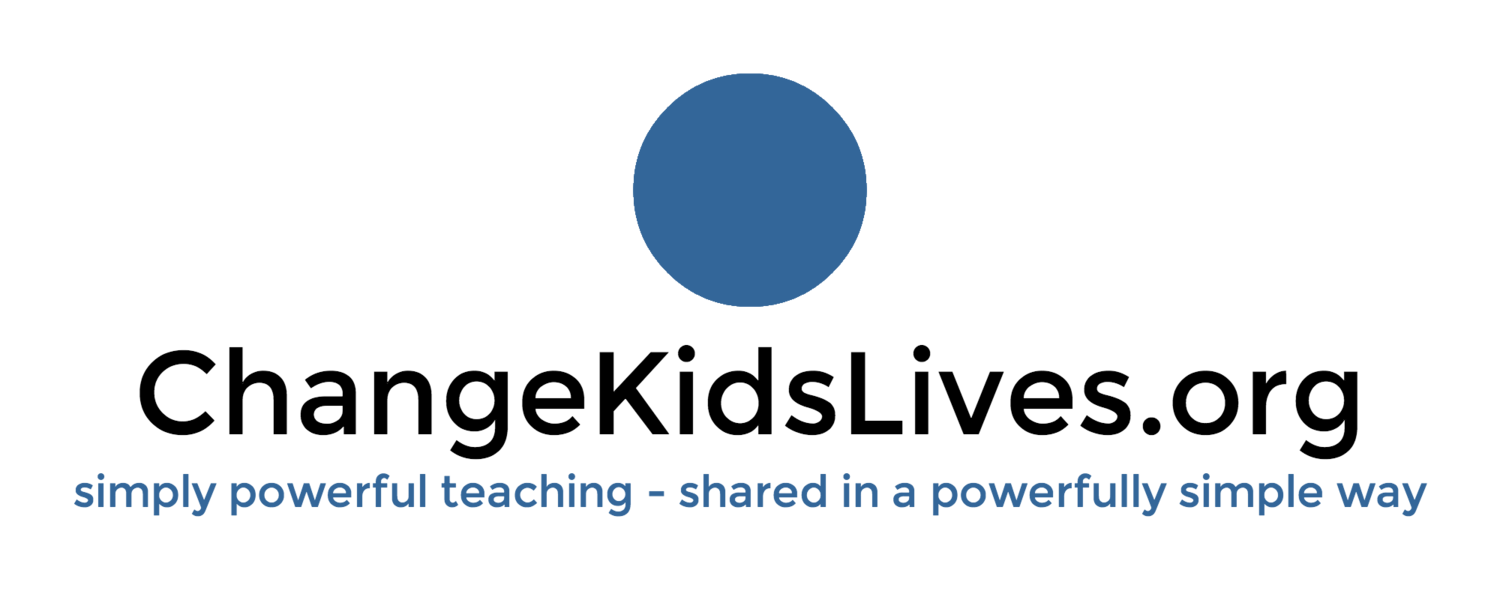Steps To Foolproof How Students Use Manipulatives
simple truth:
Deliberate, meaningful words can lead to deliberate, meaningful actions.
Throughout my teaching career, I remember the looks on puzzled faces when I shared my desire to start tossing balls during class conversations, moving a couch into the classroom, or encouraging all students to have water bottles at their desks. Often I would hear, "You're braver that I am, my students wouldn't know how to handle those things in school."
Initially, that was my thinking too. However, as a first-year teacher I received some of the best professional development training I've experienced through Responsive Classroom. If you're not familiar with this organization, I recommend them as a research-supported resource which shares practical and effective strategies to build a positive, productive learning environment.
research tells us:
I was introduced to a technique called Guided Discovery. This is a systematic method of introducing manipulatives and work-spaces to students. The more I began to implement this into my classroom, the more I loved it. The benefits were plentiful. First, the students had ownership in setting expectations. Two, there was a common vocabulary and norms for how to use the items. Three, as a teacher, I could take risks and use items that may not be traditionally incorporated into lessons, which enhanced student engagement levels. And finally, the interactive student observation that takes places reinforces deeper learning. Neuroscientist Judy Willis reaffirms this by sharing that as students "...develop their skills of observing, discriminating patterns and details...they are at a higher cognitive level, which stimulates and interconnects more of the brain's memory circuitry."
Below are specific steps that we can take to foolproof how students correctly use manipulatives and work-spaces in class. My steps are adapted from Responsive Classroom's version of Guided Discovery.
try this:
Introduce the item/manipulative. "Today we're going to discover how to correctly use ... in class."
"What do you notice?" This is an important question to pose, as all students can answer, though responses will indicate their different levels of thinking.
"How should we use this appropriately in class?" Allow students to generate possible expectations. Though change students' comments if they're not affirmative statements (what they CAN do), as they will often share what they CAN'T do with the item/manipulative.
After the students brainstorm expectations, together choose 1-3 affirmative expectations.
Then as the teacher, repeat the 1-3 affirmative expectations, which further reviews and reinforces what's expected.
Invite one student to model the agreed-upon expectations in front of their peers. It's important to ask the class to watch carefully and share what expectations are met.
If all expectations were met, invite the whole class to join using the manipulative/item.
review & share this:
For additional reading and referenced research, click here.

